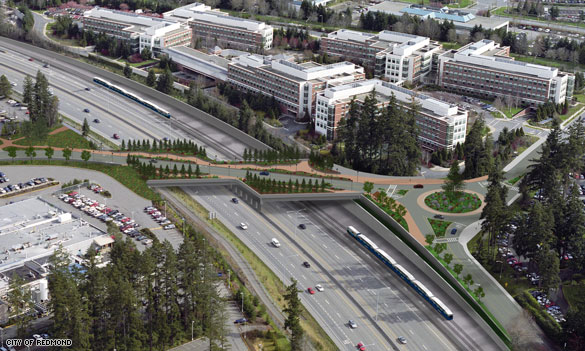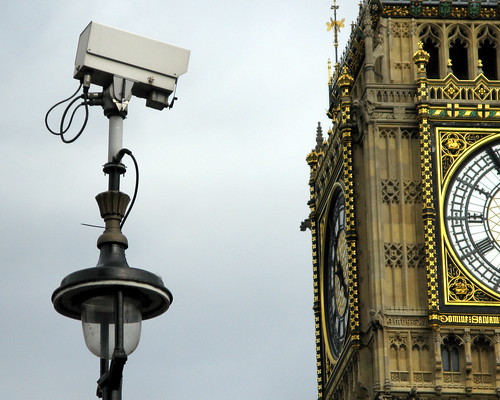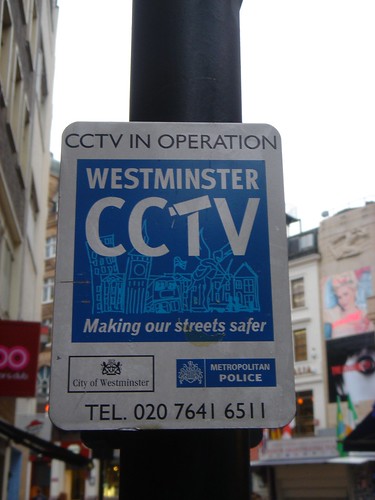Stimulus needed for boat owners? Boats Too Costly to Keep Are Littering Coastlines
(Source: New York Times)
The bad economy is creating a flotilla of forsaken boats. While there is no national census of abandoned boats, officials in coastal states are worried the problem will only grow worse as unemployment and financial stress continue to rise. Several states are even drafting laws against derelicts and say they are aggressively starting to pursue delinquent owners.
“Our waters have become dumping grounds,” said Maj. Paul R. Ouellette of the Florida Fish and Wildlife Conservation Commission. “It’s got to the point where something has to be done.”
Derelict boats are environmental and navigational hazards, leaking toxins and posing obstacles for other craft, especially at night. Thieves plunder them for scrap metal. In a storm, these runabouts and sailboats, cruisers and houseboats can break free or break up, causing havoc.
Some of those disposing of their boats are in the same bind as overstretched homeowners: they face steep payments on an asset that is diminishing in value and decide not to continue. They either default on the debt or take bolder measures.
Marina and maritime officials around the country say they believe, however, that most of the abandoned vessels cluttering their waters are fully paid for. They are expensive-to-maintain toys that have lost their appeal.

Lt. David Dipre, who coordinates Florida’s derelict vessel program, said the handful of owners he had managed to track down were guilty more of negligence than fraud. “They say, ‘I had a dream of sailing around the world, I just never got around to it.’ Then they have some bad times and they leave it to someone else to clean up the mess,” Lieutenant Dipre said.
Florida officials say they are moving more aggressively to track down owners and are also starting to unclog the local inlets, harbors, swamps and rivers. The state appropriated funds to remove 118 derelicts this summer, up from only a handful last year.
In South Carolina, four government investigators started canvassing the state’s waterways in January. They quickly identified 150 likely derelicts.



 The traffic stimulus measure is touted as helping revive highway travel which is down about 4%, and to revive associated spending on gasoline and diesel fuels, car service, hotels, new cars and electronics. However it is also obviously influenced by lobbying and PM Aso’s desire for public acclaim.
The traffic stimulus measure is touted as helping revive highway travel which is down about 4%, and to revive associated spending on gasoline and diesel fuels, car service, hotels, new cars and electronics. However it is also obviously influenced by lobbying and PM Aso’s desire for public acclaim. 
 The discounts range in size. Some Tokyo metro area tolls are only discounted at night 10pm to 6am, some Sundays and holidays.
The discounts range in size. Some Tokyo metro area tolls are only discounted at night 10pm to 6am, some Sundays and holidays.






